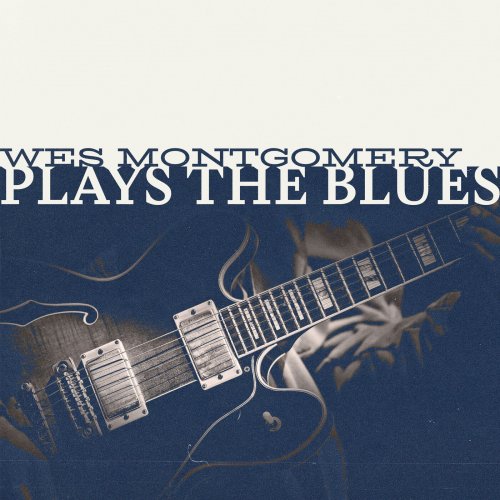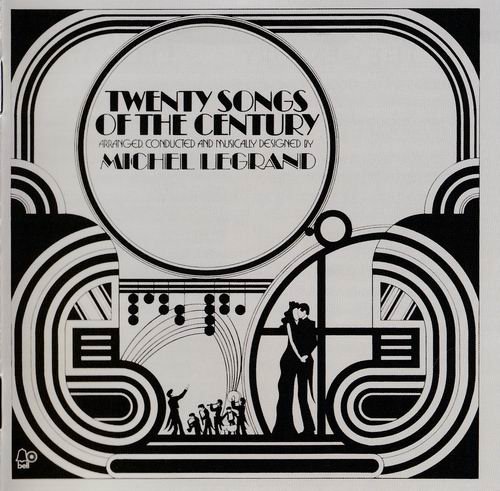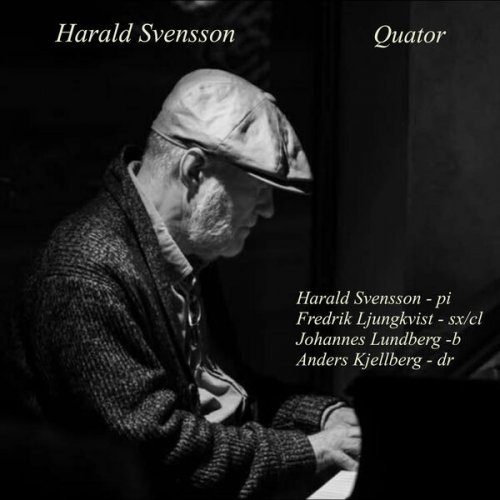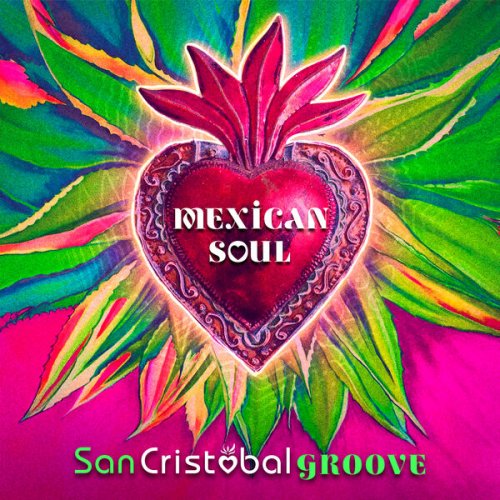Wes Montgomery - Plays The Blues (2025)

Artist: Wes Montgomery, Tommy Flanagan, Percy Heath, Albert Heath, Jimmy Smith
Title: Plays The Blues
Year Of Release: 2025
Label: UMG Recordings, Inc
Genre: Jazz, Blues
Quality: FLAC (tracks)
Total Time: 1:37:22
Total Size: 592 MB
WebSite: Album Preview
Tracklist:Title: Plays The Blues
Year Of Release: 2025
Label: UMG Recordings, Inc
Genre: Jazz, Blues
Quality: FLAC (tracks)
Total Time: 1:37:22
Total Size: 592 MB
WebSite: Album Preview
1. Wes Montgomery – D-Natural Blues (feat. Tommy Flanagan, Percy Heath & Albert Heath) (05:22)
2. Wes Montgomery – Blue ’N’ Boogie (Live At Tsubo / 1962) (09:38)
3. Wes Montgomery – West Coast Blues (feat. Tommy Flanagan, Percy Heath & Albert Heath) (07:23)
4. Jimmy Smith & Wes Montgomery – Night Train (06:48)
5. Wes Montgomery – Twisted Blues (feat. Hank Jones, Ray Barretto, Ron Carter & Lex Humphries) (05:38)
6. Wes Montgomery – Bumpin' (06:52)
7. Wes Montgomery Trio – Missile Blues (Take 6) (06:00)
8. Wes Montgomery Trio – Blues Riff (Take 8) (08:12)
9. Wes Montgomery – Something Like Bags (feat. Hank Jones, Ray Barretto, Ron Carter & Lex Humphries) (04:49)
10. Jimmy Smith & Wes Montgomery – James And Wes (08:14)
11. Wes Montgomery – Four On Six (feat. Tommy Flanagan, Percy Heath & Albert Heath) (06:15)
12. Wes Montgomery – Naptown Blues (03:05)
13. Wes Montgomery – Sandu (03:26)
14. Wes Montgomery – Barbados (02:33)
15. Wes Montgomery & Wynton Kelly Trio – No Blues (Live At The Half Note, 1965) (13:01)
Wes Montgomery was one of the great jazz guitarists, a natural extension of Charlie Christian, whose appealing use of octaves became influential and his trademark. He achieved great commercial success during his last few years, only to die prematurely.
It had taken Wes a long time to become an overnight success. He started to teach himself guitar in 1943 (using his thumb rather than a pick) and toured with Lionel Hampton during 1948-1950; he can be heard on a few broadcasts from the period. But then Montgomery returned to Indianapolis, where he was in obscurity during much of the 1950s, working a day job and playing at clubs most nights. He recorded with his brothers vibraphonist Buddy and electric bassist Monk during 1957-1959 and made his first Riverside album (1959) in a trio with organist Melvin Rhyne. In 1960 the release of his album The Incredible Jazz Guitar of Wes Montgomery made him famous in the jazz world. Other than a brief time playing with the John Coltrane Sextet (which also included Eric Dolphy) later in the year, Wes would be a leader for the rest of his life.
Montgomery's recordings can be easily divided into three periods. His Riverside dates (1959-1963) are his most spontaneous jazz outings, small-group sessions with such sidemen as Tommy Flanagan, James Clay, Victor Feldman, Hank Jones, Johnny Griffin, and Mel Rhyne. The one exception was the ironically titled Fusion!, a ballad date with a string section. All of the Riverside recordings have been reissued in a massive 12-CD box set. With the collapse of Riverside, Montgomery moved over to Verve, where during 1964-1966 he recorded an interesting series of mostly orchestral dates with arranger Don Sebesky and producer Creed Taylor. These records were generally a good balance between jazz and accessibility, even if the best performances were small-group outings with either the Wynton Kelly Trio or Jimmy Smith.
In 1967 Wes signed with Creed Taylor at A&M and during 1967-1968 he recorded three best-selling albums that found him merely stating simple pop melodies while backed by strings and woodwinds. His jazz fans were upset, but Montgomery's albums were played on AM radio during the period. He helped introduce listeners to jazz, and his live performances were as freewheeling as his earlier Riverside dates. Unfortunately at the height of his success, he died of a heart attack. However, Montgomery's influence is still felt on many young guitarists. © Scott Yanow
It had taken Wes a long time to become an overnight success. He started to teach himself guitar in 1943 (using his thumb rather than a pick) and toured with Lionel Hampton during 1948-1950; he can be heard on a few broadcasts from the period. But then Montgomery returned to Indianapolis, where he was in obscurity during much of the 1950s, working a day job and playing at clubs most nights. He recorded with his brothers vibraphonist Buddy and electric bassist Monk during 1957-1959 and made his first Riverside album (1959) in a trio with organist Melvin Rhyne. In 1960 the release of his album The Incredible Jazz Guitar of Wes Montgomery made him famous in the jazz world. Other than a brief time playing with the John Coltrane Sextet (which also included Eric Dolphy) later in the year, Wes would be a leader for the rest of his life.
Montgomery's recordings can be easily divided into three periods. His Riverside dates (1959-1963) are his most spontaneous jazz outings, small-group sessions with such sidemen as Tommy Flanagan, James Clay, Victor Feldman, Hank Jones, Johnny Griffin, and Mel Rhyne. The one exception was the ironically titled Fusion!, a ballad date with a string section. All of the Riverside recordings have been reissued in a massive 12-CD box set. With the collapse of Riverside, Montgomery moved over to Verve, where during 1964-1966 he recorded an interesting series of mostly orchestral dates with arranger Don Sebesky and producer Creed Taylor. These records were generally a good balance between jazz and accessibility, even if the best performances were small-group outings with either the Wynton Kelly Trio or Jimmy Smith.
In 1967 Wes signed with Creed Taylor at A&M and during 1967-1968 he recorded three best-selling albums that found him merely stating simple pop melodies while backed by strings and woodwinds. His jazz fans were upset, but Montgomery's albums were played on AM radio during the period. He helped introduce listeners to jazz, and his live performances were as freewheeling as his earlier Riverside dates. Unfortunately at the height of his success, he died of a heart attack. However, Montgomery's influence is still felt on many young guitarists. © Scott Yanow

![Afrodream - Guiss Guiss (2025) [Hi-Res] Afrodream - Guiss Guiss (2025) [Hi-Res]](https://www.dibpic.com/uploads/posts/2025-12/1765638325_a2717494732_0.jpg)






![Wadada Leo Smith - Divine Love (1979/2025) [Hi-Res] Wadada Leo Smith - Divine Love (1979/2025) [Hi-Res]](https://www.dibpic.com/uploads/posts/2025-12/1765802240_cover.jpg)